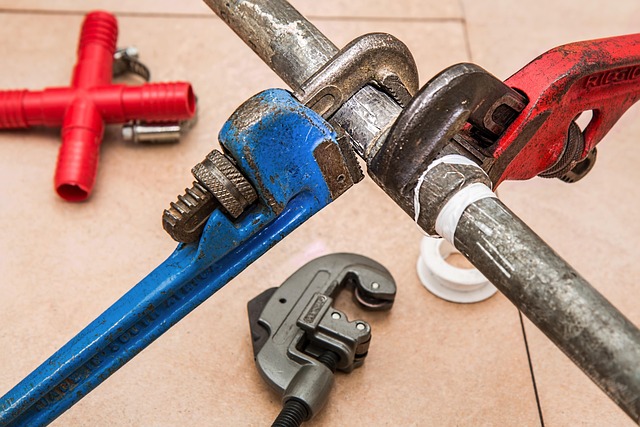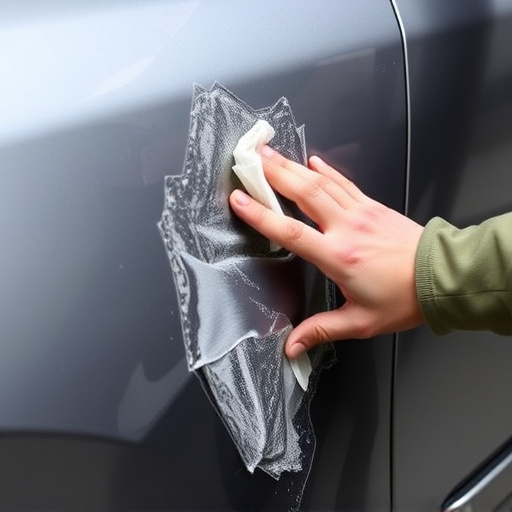Dashboard repair collision cases require meticulous damage assessment, separating dashboard harm from surrounding components like airbags and wiring harnesses. Efficient management involves seamless communication among insurers, specialized shops, and vehicle owners, leveraging advanced diagnostics for safety-focused repairs and aesthetic restoration. Structured protocols, digital case tracking, and auto frame expertise enhance productivity and accuracy. Open communication, clear updates, and dedicated points of contact improve customer satisfaction while restoring vehicles to pre-accident condition.
In the realm of insurance claims management, dashboard repair collision cases present unique challenges. These complex scenarios demand strategic approaches to ensure efficient case handling and customer satisfaction. This article explores effective strategies for managing dashboard repair collision cases, delving into understanding key complexities, streamlining processes, and implementing best practices in communication. By adopting these techniques, professionals can navigate the intricate landscape of these claims, fostering a seamless experience for all involved parties.
- Understanding Dashboard Repair Collision Cases: Key Challenges and Complexities
- Streamlining the Process: Effective Strategies for Efficient Case Management
- Best Practices for Communication and Customer Satisfaction in Dashboard Repair Claims
Understanding Dashboard Repair Collision Cases: Key Challenges and Complexities

Dashboard repair collision cases present unique challenges for insurance companies and collision repair shops alike. These incidents often involve intricate damage assessment, particularly when dealing with complex interior components and sensitive electronic systems found in modern vehicles. The key challenge lies in accurately identifying and separating damage to the dashboard itself from potential harm to surrounding areas, such as airbags, sensors, and wiring harnesses.
Moreover, dashboard repair collision cases are characterized by a high degree of complexity due to the intricate design and materials used in contemporary automobiles. Common issues include cracks or tears in the dashboard material, compromised structural integrity, and dislodged components. Efficient management of these cases requires effective communication between insurers, repair shops specializing in dashboard repair, and vehicle owners. Utilizing advanced technology for diagnostics and specialized tools for dent removal and auto body painting is essential to ensure precise repairs that restore the vehicle’s aesthetic appeal and safety features.
Streamlining the Process: Effective Strategies for Efficient Case Management

In the realm of dashboard repair collision cases, streamlining the process is paramount to ensure efficient case management. Implementing structured protocols and standardized procedures can significantly enhance productivity and accuracy. One effective strategy is the adoption of digital case tracking systems, which replace manual methods. These digital platforms facilitate real-time updates, enabling stakeholders to monitor progress seamlessly. By digitizing documentation, including estimates, invoices, and repair logs, the risk of errors and misplacing crucial information is minimized.
Moreover, integrating auto frame repair and auto bodywork expertise into the dashboard repair process can lead to more comprehensive and coordinated care. Auto repair services that specialize in these areas can collaborate with insurance providers and body shops to streamline claims processing. This collaborative approach not only expedites repairs but also ensures higher quality outcomes for damaged vehicles. Ultimately, efficient case management translates into reduced customer wait times, improved satisfaction levels, and enhanced operational effectiveness in handling dashboard repair collision cases.
Best Practices for Communication and Customer Satisfaction in Dashboard Repair Claims

Maintaining open and transparent communication is paramount when handling dashboard repair collision claims. The process can be daunting for many customers, so keeping them informed every step of the way fosters trust and satisfaction. Best practices involve providing clear, concise updates on the claim’s progress, explaining each phase of the dashboard repair process in layman’s terms, and actively listening to clients’ concerns or questions. A dedicated point of contact, whether it’s a claims adjuster or customer service representative, ensures consistent communication and personalized attention.
Creating a positive experience during this challenging time is key to customer satisfaction. That includes offering convenient scheduling for vehicle drop-off and pick-up, providing detailed estimates with itemized costs, and ensuring timely completion of the dashboard repair collision work. Some auto collision centers even offer on-site customer lounges or shuttle services to make the process more comfortable. Additionally, focusing on high-quality vehicle body repair and meticulous auto painting ensures clients’ vehicles are restored to pre-accident condition, further enhancing their overall experience.
Managing complex dashboard repair collision cases requires a strategic approach. By understanding the unique challenges, implementing streamlined processes, and adopting best practices in communication, insurance providers can enhance customer satisfaction and ensure efficient case management. Integrating these strategies into the claims process is vital for navigating the complexities of dashboard repair collisions and delivering outstanding service to policyholders.














